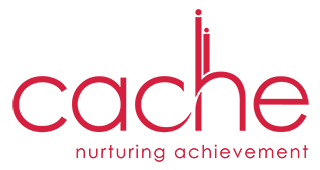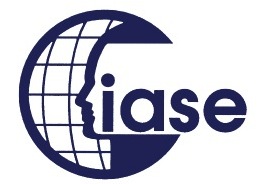British Sign Language for Teachers - Making Communication Easier
8th June 2018

Communication is the prime source to connect and learn effectively. It the sole dominating factor that drives the social, behavioural as well as overall development of human life. Unfortunately, not all are bestowed with the perfect functioning of sensory organs. In respect, the specially gifted children may feel isolated from those who are blessed with perfect cognitive sensory organs. Considering these problems in mind, modern-day special education teacher training courses have included British Sign Language as an exclusive part of their curriculum.
A. Aiming high!
Undoubtedly, this is an unmatchable effort ensured by the heads of the educational institutes. Quite a brilliant effort that aims to build a rapport between the teacher and the specially abled children. Communication being the source to connect will definitely help both the parties involved here, if the teachers are aware of the sign language.
|Life would automatically become interesting, even if there is silence because sign language impacts to create a beautiful bond are developed between the special children and their teacher.
Eventually, it will avoid any further misinterpretation or miscommunication if both teacher and students stay at par. Chances of going coming wrongly to each other can be reduced to a lot if they are well- versed in the sign language.
B. Being patience is important, that’s the only way to learn and shine perfectly!
Accordingly, like any other spoken language, be it English or Chinese, sign language too, needs to be learnt. Perfection is achieved once you as teacher practice it to learn and that definitely need your patience, devotion and interest to connect with the bundle of joy (who perhaps have a lot to open!).


That’s more because you need to move your fingers, make an action and prompt it to make the children understood the life – skills. Same goes when you are trying to instil the knowledge you possess of a particular subject. Being part of the noble profession is fun always because you don’t have to be monotonous, you and the child will come up with some newer strategies to learn and share.
Such methodical mannerisms would be silently and fluently be shared – with the secretive skilfulness – thanks to impact laid out by the British Sign Language (BSL).
C. Building Logical Senses – An Introspection of the British Sign Language
Basically, the prime definition or motto of British sign language had its inception in the United Kingdom, which was exclusively designed to render a meaningful and logical sense for the deaf and dumb people based in the UK. Thankfully, the need was deeply felt and it spread like fire, to be used and learnt effectively to source the communicative issues of specially-abled children – hearing impairedness.

1. Developing the curriculum -
Currently, the British sign language has undergone modification, with lessons streamlined in different levels – ranging from the basic level for beginners to advanced ones – such courses are offered by leading institutes as part of training teachers willing to meet the world of special children.
2. Motions are inclusive –
Well, ‘Sign’ gives a glimpse of one’s basic assumption and understanding of using hand, body, and face and head movements. In short, body language becomes one of the key parts if you are targeting to inclusively tip-toe a deaf child’s mind.
Language, like the sign, makes logical impressions because thousands of deaf children are aided by the ‘pauses’ or ‘spaces’ that are filled in their lives. Therefore, being learnt ‘sign language for teachers’ you can interpret what affects lives of the abled.
Although sign language is used across the world, sign language can be different depending on the regional variations, accents and colloquialisms that are found in spoken language. It is in this sense; the American Sign Language is different from the British Sign Language.








